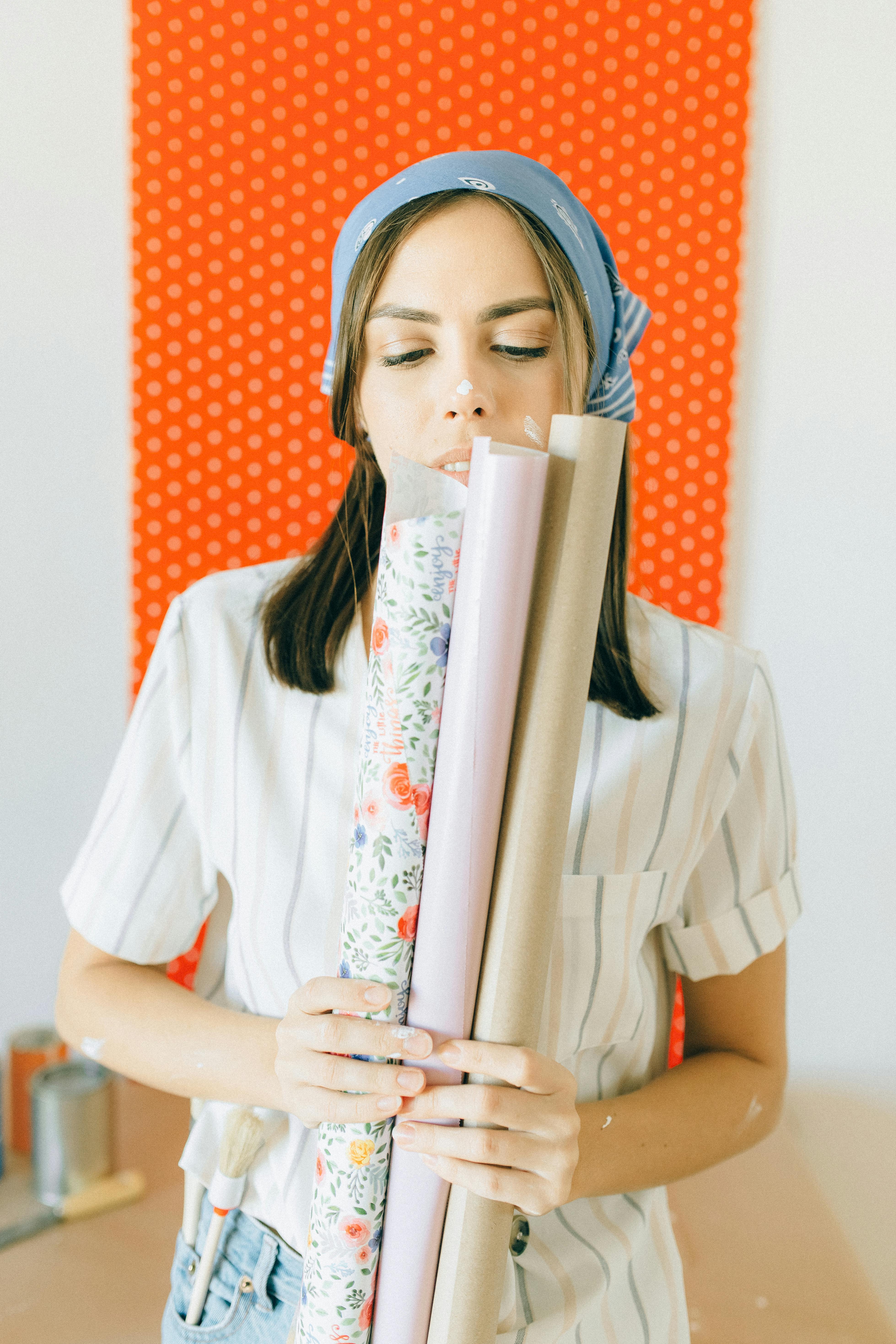A ten-step guide to wallpapering a new home

Although it’s rotated in and out of fashion for decades, wallpaper is back in vogue, with feature walls appearing in show homes up and down the land. And once a new-build property’s walls have fully dried out – usually after a year – there’s nothing to stop you wallpapering every room as an alternative to painting or panelling.
Well-chosen wallpaper brings character to any space when it’s installed properly. That doesn’t mean employing a professional, since anyone can achieve high-quality results by following a straightforward ten-step process. This will be the same whether you’re using paste-the-wall or traditional paste-the-paper rolls, and the necessary tools won’t change either. Core items include sharp knives and scissors, a stepladder, a bucket and mixing paddle. Kitchen roll is ideal for wiping away excess paste, too.
Clear a few hours in your diary to complete the job in one session if possible, avoiding a lot of duplication later…
- Calculate the quantity of paper needed. Check the dimensions of your preferred paper and work out how many floor-to-ceiling strips it’ll generate. There may be wastage if a pattern needs to be matched; use larger offcut pieces above doors and windows.
- Smooth off the walls, using coarse sandpaper to level out bumpy plaster. Fill any holes more than two millimetres wide with ready-made patching plaster. If you want to achieve perfect results, lining paper or universal primer are recommended.
- Mark any points where nails or screws need to be reinserted (such as to support curtain pole brackets), so you can seamlessly replace the fixtures once the papering is complete. You’ll then be able to make tiny holes in the paper as it’s being hung.
- Open windows and blinds to maximise daylight and ventilation. Try not to work when it’s dark outside, because lightbulbs don’t always reveal imperfections. Shut children and pets away (paste may be toxic) and remove as much furniture as possible.
- Prepare your paste carefully. We’d recommend putting slightly less water into the paste mixture than the manufacturer’s instructions recommend, to reduce the chance of leaving slug trails across the floor. Mix it thoroughly to eliminate any lumps.
- Cut the paper to size. Measure the section of wall about to be decorated, adding 10cm onto the bottom. Trim the top neatly so it snugly nestles against the ceiling and seamlessly continues any pattern, making small holes for sockets to be fitted through.
- Apply your paste to the wall or paper. Paste-the-wall is far easier and less messy, since you’re not moving eight-foot strips of concertinaed paper from the nearest worktop or large table. Apply paste evenly and generously, right up to the edges.
- Hang and trim the paper. Achieve optimal results by pressing firmly down into the crook of wall and skirting board with a straightedge, running a sharp Stanley knife blade along in a single sweeping movement. Sharp scissors are a fiddlier alternative
- Neaten the paper. Gently reposition the sheet to avoid overlap or gaps from previous sheets; if this is your first strip, start in an inconspicuous corner so you don’t end up with joins in other corners. Run a roller over paste bubbles, wiping away any excess.
- Clean up before kids or pets are allowed in. Wipe up paste spills, put paper trimmings in a black sack, and rinse buckets/rollers/brushes in hot water until clean. Leave windows open and wait 24 hours before repositioning furniture, pictures or socket





